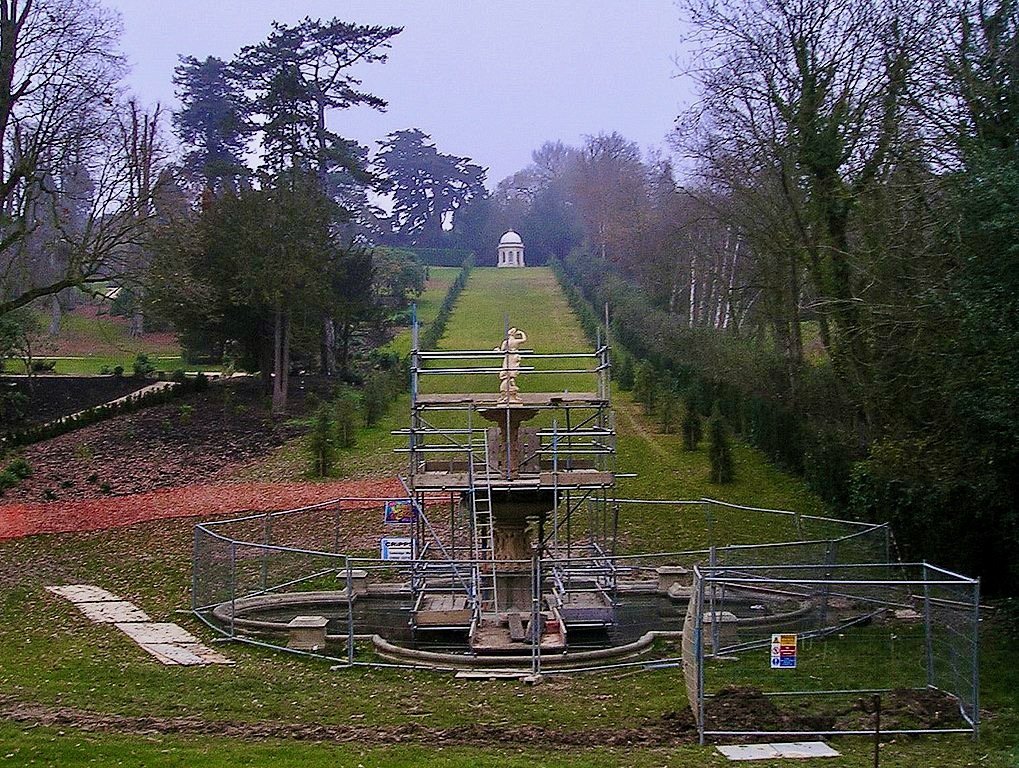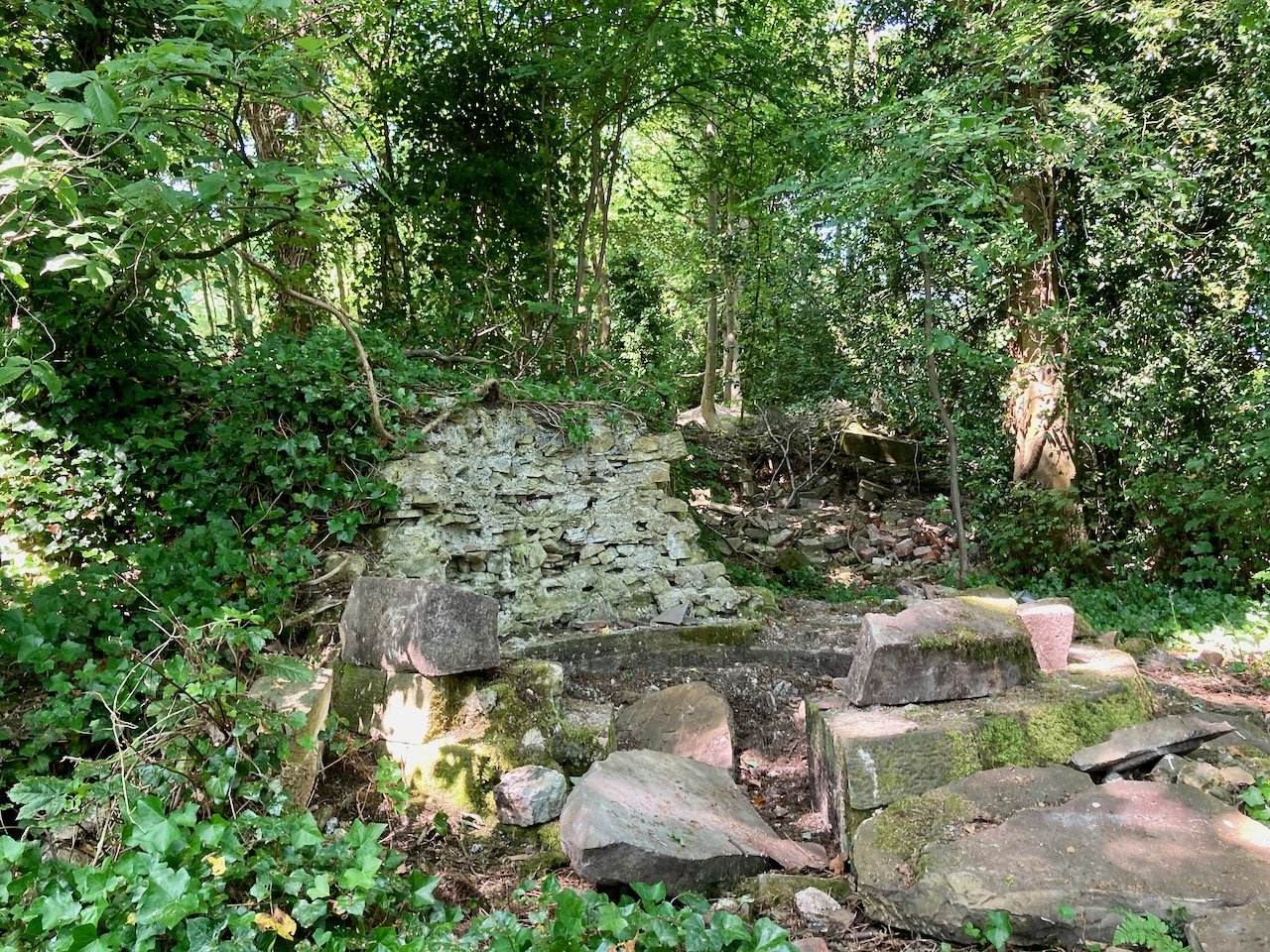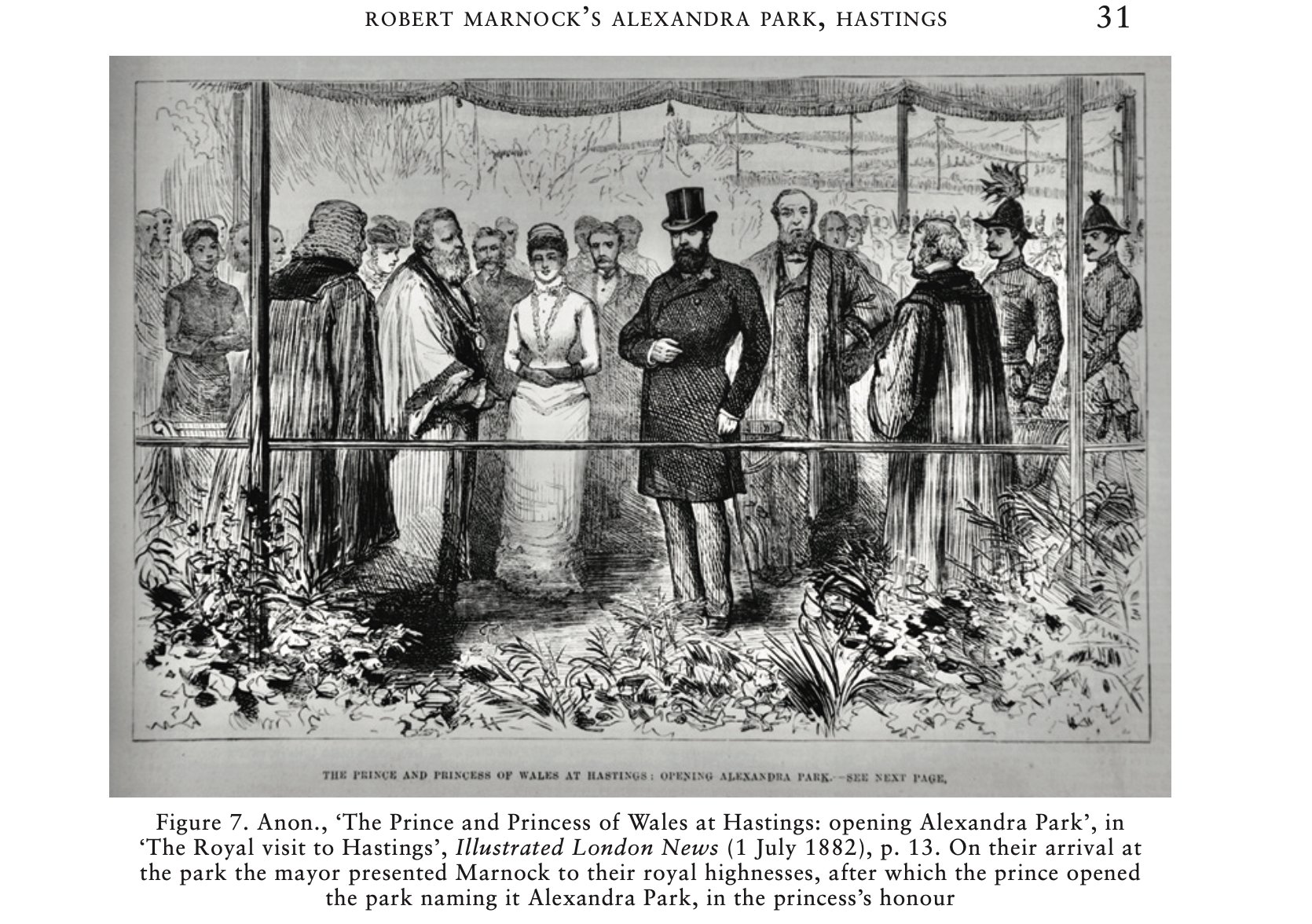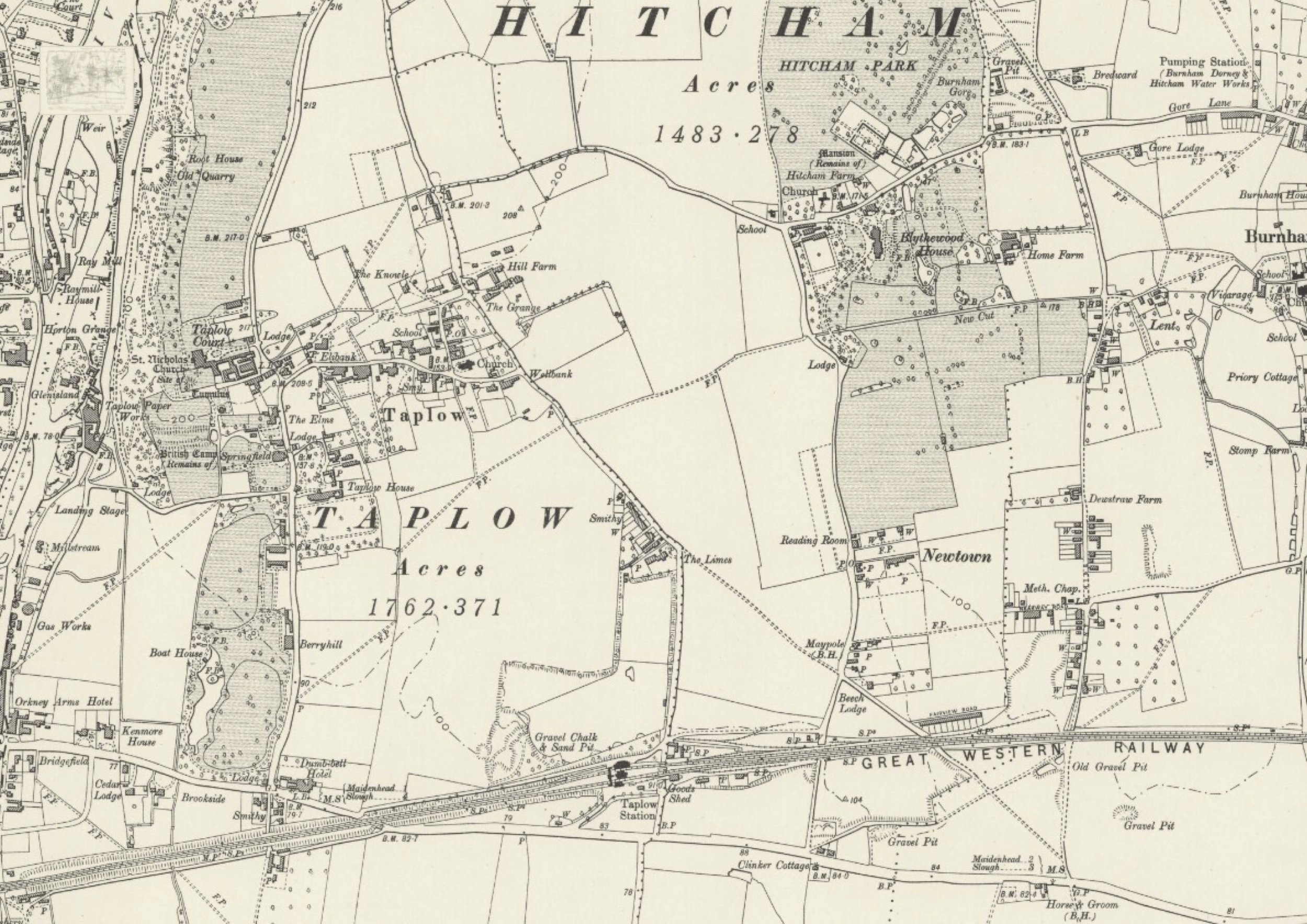Robert Marnock and the National Lottery Heritage Fund
Over the last twenty-five years, at least seven of Marnock’s designs have been saved from decline with support from the Heritage Fund. Physical restoration has taken place at each site alongside renewed engagement by local communities.
Sheffield Botanical Gardens, which Marnock designed in 1834 and where he was curator for five years, were restored thanks to a grant of over £5m, matched by more than £1m of local fund-raising. The restoration reinstated much of the original design, rejuvenated the plant collections and repaired the 4 listed structures, including the magnificent glass pavilions. The Gardens officially reopened in 2008. More recent grants, again thanks to national lottery players, have supported a new Education & Engagement Programme for the site.
The pavilions at Sheffield Botanical Gardens under restoration, 2002. Photograph by Meg Jullien.
Sheffield General Cemetery was one of the first English commercial cemeteries, founded as a private burial place for religious Nonconformists in the 1830s. The laying out of the grounds began in March 1836 under Marnock’s design and direction. It was in a natural style with serpentine paths; several existing trees and plants were left undisturbed, supplemented by a planting scheme on which Marnock was consulted. He further advised on the laying out of the new Anglican area when it was proposed in the late 1840s. The cemetery has recently benefited from a 5-year, £3.8m conservation and repair programme funded by the National Lottery Parks for People Programme.
Dunorlan Park in Tunbridge Wells was laid out by Marnock in the 1850s and 1860s, originally as the grounds of a private house. Now a public park, it underwent a programme of restoration costing £2.8m, following a Heritage Lottery Fund award of £2.1m in 2003. The Victorian landscape, buildings and water features were restored and access to the park was improved. The Friends of Dunorlan Park raised £10,000 towards the cost of restoration of the Hebe Fountain and Pulhamite cascade. A natural play area and dipping platforms were installed in 2011.
The fountain at Dunorlan being restored, 2004. Photograph by McKDandy available under a Creative Commons Attribution 2.5 License.
Weston Park in Sheffield was the town’s first municipal park, developed in 1874 from Weston Hall, a 12-acre private estate previously owned by the Harrison family. Marnock added new, more generous entrances to the park, two lodges, a broad terrace alongside the Hall to allow for good views over the landscape, as well as reconfiguring the existing lake with the addition of two wooden bridges, and introducing substantial new shrub planting. The park opened to the public in 1875, alongside the new museum that had been created in Weston Hall. Subsequent extensions to the museum and the arrival of the university of Sheffield on the eastern edge led to removal of park features and an overall reduction in the size of the park. A grant of over £2m from the Heritage Lottery Fund in 2006 funded an 18-month programme of refurbishment and replanting.
Alexandra Park in Hastings is the most important of ten town parks created in the seaside town between 1830 and 1904. Marnock laid out the 44-hectare linear valley site between 1878 and 1880. A three-year restoration programme, financed through an HLF grant of £3.5m, was completed in 2004. It enabled the Victorian character and landscape quality of the park to be reinstated, with historic trees safeguarded, views opened up, buildings and planting areas restored, paths reconstructed, and the addition of new signage, railings and a playground.
Alexandra Park during the restoration. Photograph by Kay Keeton.
Avenue House in Finchley was the home of ink manufacturer Henry ‘Inky’ Stephens. Marnock laid out the grounds from 1878, with a sloping lawn, ponds, mounds and rockwork, a perimeter walk and a network of smaller informal paths and steps, as well as a number of fine trees, including a variety of unusual conifers, oaks, ash and beech. The site, known today as Stephens House & Gardens, was bequeathed to Finchley Borough Council for ‘the enjoyment of the people’ and is now managed by a charitable Trust. A Heritage Fund grant of £2.1m meant that many landscape features could be restored and repaired. An expanded playground, café, toilets, visitor centre and small museum were added.
Grosvenor & Hilbert Park in Tunbridge Wells was designed by Marnock in 1887 to provide recreational open space for the growing population of the town. The park was restored following HLF funding of £2.4m, matched by the local Council’s contribution of £375k. Works, delivered between 2014 and 2016, included installation of a wetland boardwalk, restoration of the original Dripping Wells (grottos), improvements to the park entrances, hard and soft landscaping, a new community hub and a playground. The funding also paid for a community engagement officer for five years.









